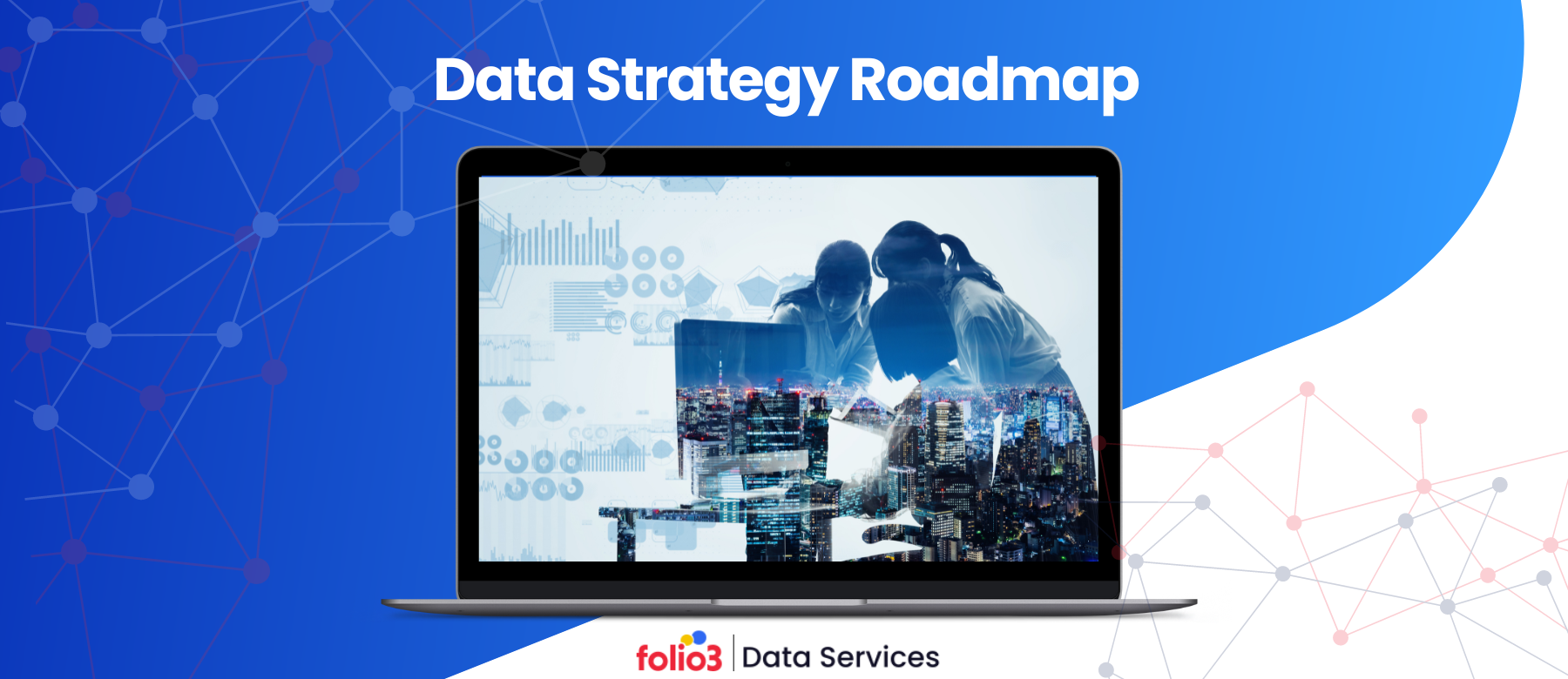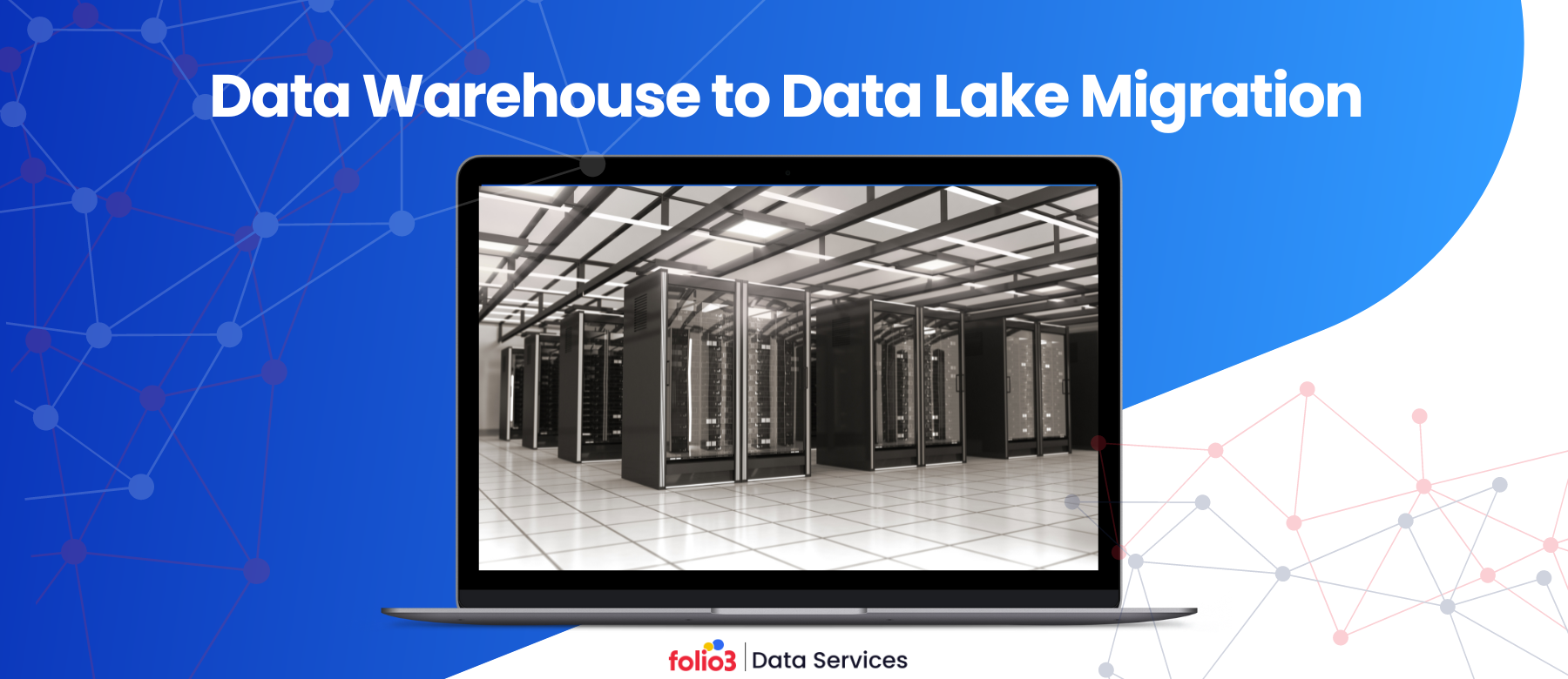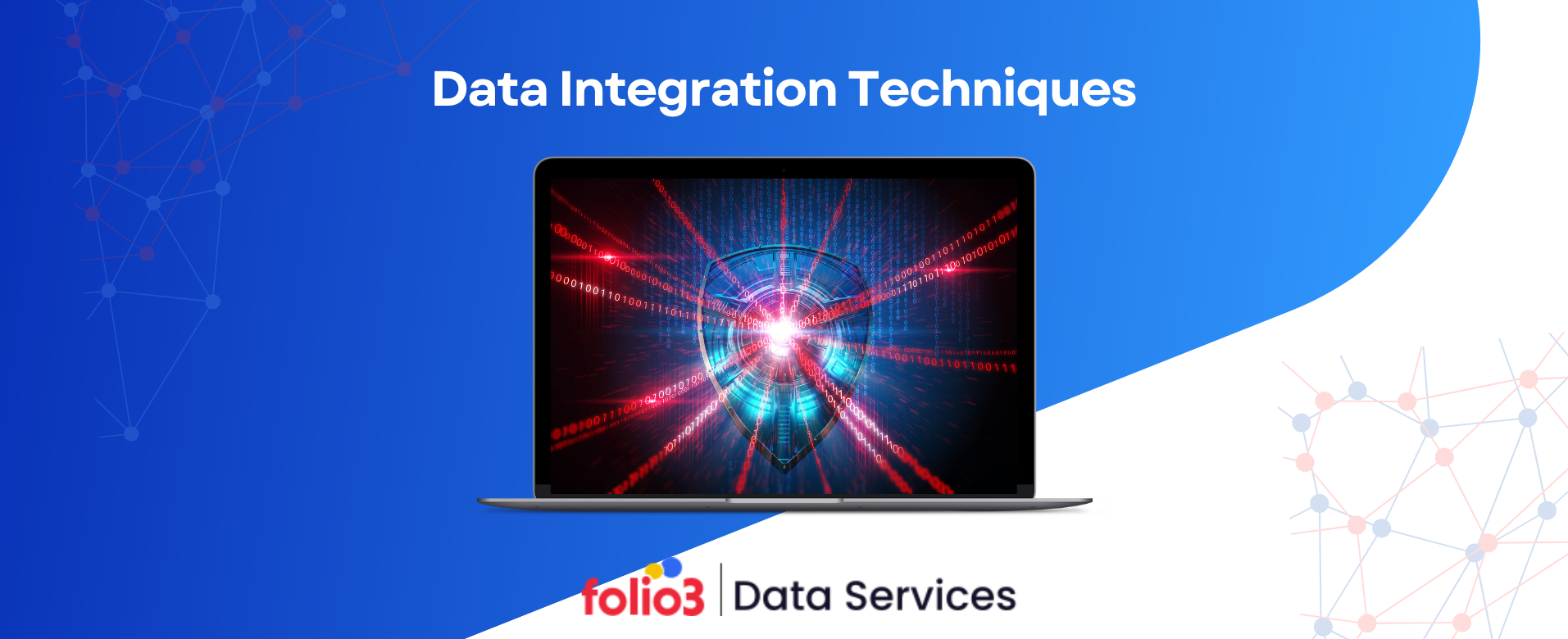Data is the lifeblood of modern businesses in the digital transformation era. However, merely collecting data isn’t enough; companies must also have a structured plan to manage, analyze, and leverage that data for strategic decision-making.
A data strategy roadmap outlines the processes, tools, and objectives to implement data-driven solutions effectively. It’s a blueprint that guides businesses in aligning their data analytics initiatives with their broader goals.
Without a clear data analytics strategy roadmap, organizations risk missing valuable insights, missing opportunities, and falling behind in today’s competitive landscape.
What is a Data Strategy Roadmap?
A data strategy roadmap is a high-level plan that outlines how a business will manage, analyze, and use its data to achieve specific goals. It integrates data management, analytics, infrastructure, and technology in a unified strategy.
A successful roadmap offers a clear direction for the business to maximize the value of its data while ensuring scalability, governance, and security.
A data management strategy roadmap is a framework for organizing and optimizing how data is collected, stored, processed, and analyzed across the enterprise. It also helps businesses transition from merely managing data to utilizing it as a strategic asset.
Why Do Modern Businesses Need a Data and Analytics Strategy Roadmap?
Having a well-defined data and analytics roadmap is critical in a world where data is continuously growing in volume, velocity, and variety. Modern businesses are facing an explosion of data from various sources, including IoT devices, customer interactions, and digital transactions. This is where data strategy consultation comes into play, ensuring businesses are equipped to handle the evolving data landscape.
A data strategy roadmap ensures that data initiatives align with business goals, driving actionable insights, profitability, and innovation.
It provides a structured approach to managing the end-to-end data lifecycle and ensures that data investments are targeted and impactful. By adopting a data warehouse strategy, businesses can centralize and manage structured data to drive better decision-making.
Without a strategy to make the most of the power of this data, organizations struggle to:
- Make informed decisions
- Optimize operational efficiency
- Predict market trends
- Improve customer experiences
- Stay competitive
When to Build the Data Strategy Roadmap?
Organizations typically need a data strategy roadmap when they experience challenges in managing their growing data assets. Key indicators that it’s time to build or revise your roadmap include:
- Data silos: When different departments hold isolated data that can’t be shared across the organization.
- Missed opportunities: When valuable insights are overlooked due to insufficient data analysis.
- Scaling challenges: When the existing infrastructure struggles to handle data’s increasing volume and complexity.
- Regulatory compliance needs: When regulations such as GDPR or HIPAA require more structured data governance practices.
- Digital transformation goals: When the business seeks to modernize its operations by leveraging data analytics but needs a clear path forward.
Take the first step toward breaking down data silos. Contact us today to discover how we can help you create a unified data framework for seamless insights!
Key Steps to Build a Data Analytics Strategy Roadmap
Developing an enterprise data strategy roadmap involves several steps, from assessing current capabilities to implementing pilot projects. Here’s a step-by-step guide to building a successful roadmap:
Step 1: Assess Current Data and Analytics Capabilities
Before you can plan where you want to go, you need to understand where you currently stand. Conduct a thorough assessment of your organization’s existing data infrastructure, analytics tools, and processes.
Key areas to evaluate include:
- Data quality: How clean and accurate is your data?
- Data accessibility: How easily can teams access the data they need?
- Analytics maturity: What is the level of data-driven decision-making within the organization?
- Technology stack: What tools and platforms exist for data storage, processing, and analysis?
Assessing these factors is essential for planning your data & analytics modernization, ensuring that your organization’s tools and processes are up-to-date.
Step 2: Define the Data Analytics Use Cases
Next, identify and prioritize specific use cases with the greatest business value. Align these use cases with your overall business objectives.
For example:
- Predictive analytics for customer behavior
- Operational efficiency improvements using real-time data
- Financial forecasting models based on historical data trends
By defining clear data analytics use cases, you ensure that your roadmap is outcome-driven and directly impacts the business’s bottom line, ultimately contributing to a stronger data protection strategy to safeguard your assets.
Step 3: Build a Data Infrastructure Plan
A solid data strategy roadmap relies on an infrastructure that can scale with your data needs. This step involves designing a robust infrastructure that supports current and future data storage, processing, and analytics needs.
Key considerations include:
- Data lake or data warehouse: Will you consolidate your data into a centralized data lake, consider data warehouse to data lake migration, or maintain structured data in a data warehouse?
- Cloud vs. on-premise: Evaluate whether to host your data infrastructure on-premise, in the cloud, or through a hybrid model.
- Data integration: How will you ensure that data from disparate systems can be seamlessly integrated and analyzed?
Step 4: Develop a Talent and Technology Plan
You will need the right talent and tools to implement your data and analytics roadmap. Develop a plan outlining the necessary skills, technology investments, and resources for success.
Key areas to focus on include:
- Data governance tools: Implement tools that ensure data accuracy, security, and compliance.
- Advanced analytics platforms: Invest in platforms that support artificial intelligence (AI) and machine learning (ML) to unlock deeper insights.
- Talent acquisition: Determine whether you need to hire data scientists or data engineers or upskill existing staff to execute your roadmap.
By investing in a robust data engineering consultation, you can ensure you have the right skills and technology in place to implement your roadmap.
If scaling your data infrastructure is becoming a challenge, we ensure effortless scalability for future growth.
Contact us to scale efficiently!
Step 5: Implement Pilot Projects
Before fully rolling out your roadmap across the organization, test your strategies through small-scale pilot projects. These projects provide an opportunity to refine your approach, assess technology performance, and measure the value of your data initiatives.
Start with a high-priority use case and use the insights gained to iterate on your broader strategy.
FAQs
What are the five components of data strategy?
- Data governance: Ensures data security, compliance, and quality.
- Data architecture: The infrastructure that supports data storage and processing.
- Data analytics: The tools and processes for analyzing and interpreting data.
- Data integration: Methods for consolidating data from disparate sources.
- Data management: Ongoing processes for maintaining and improving data quality.
What is a roadmap for big data strategy?
A big data strategy roadmap outlines how a company will manage, analyze, and extract value from large, complex datasets. It typically includes infrastructure planning, technology selection, and identifying use cases for applying big data insights.
What are the four pillars of data strategy?
Data governance, data architecture, analytics and insights, and data culture and talent development are the four pillars of data strategy.
Final Words
A well-defined data strategy roadmap is essential for any organization looking to unlock the full potential of its data. By following these steps, businesses can streamline their data processes, improve decision-making, and achieve long-term success with their data and analytics initiatives.
Whether you’re just starting your data journey or looking to enhance your existing strategy, developing a roadmap ensures you have the structure needed to meet today’s data challenges head-on while preparing for future growth.





